| Statue of Queen Victoria | |
|---|---|
 The statue in 2008 | |
 | |
| Location | Toronto, Ontario, Canada |
| 43°39′43.5″N79°23′27.1″W / 43.662083°N 79.390861°W | |
A bronze sculpture of Queen Victoria is installed in Toronto's Queen's Park, in Ontario, Canada. [1] [2]
| Statue of Queen Victoria | |
|---|---|
 The statue in 2008 | |
 | |
| Location | Toronto, Ontario, Canada |
| 43°39′43.5″N79°23′27.1″W / 43.662083°N 79.390861°W | |
A bronze sculpture of Queen Victoria is installed in Toronto's Queen's Park, in Ontario, Canada. [1] [2]

Parliament Hill, colloquially known as The Hill, is an area of Crown land on the southern bank of the Ottawa River in downtown Ottawa, Ontario, Canada. It accommodates a suite of Gothic revival buildings whose architectural elements were chosen to evoke the history of parliamentary democracy. Parliament Hill attracts approximately three million visitors each year. The Parliamentary Protective Service is responsible for law enforcement on Parliament Hill and in the parliamentary precinct, while the National Capital Commission is responsible for maintaining the nine-hectare (22-acre) area of the grounds.

Queen's Park is an urban park in Downtown Toronto, Ontario, Canada. Opened in 1860 by Edward, Prince of Wales, it was named in honour of Queen Victoria. The park is the site of the Ontario Legislative Building, which houses the Legislative Assembly of Ontario. The phrase "Queen's Park" is regularly used as a metonym for the Government of Ontario or the Legislative Assembly of Ontario.

Sir Joseph Edgar Boehm, 1st Baronet, was an Austrian-born British medallist and sculptor, best known for the "Jubilee head" of Queen Victoria on coinage, and the statue of the Duke of Wellington at Hyde Park Corner. During his career Boehm maintained a large studio in London and produced a significant volume of public works and private commissions. A speciality of Boehm's was the portrait bust; there are many examples of these in the National Portrait Gallery. He was often commissioned by the Royal Family and members of the aristocracy to make sculptures for their parks and gardens. His works were many, and he exhibited 123 of them at the Royal Academy from 1862 to his death in 1890.
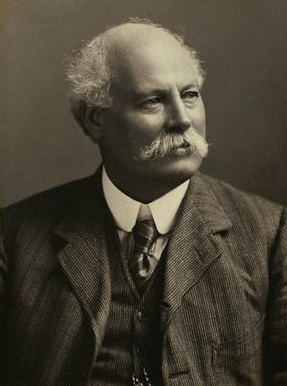
Sir Thomas Brock was an English sculptor and medallist, notable for the creation of several large public sculptures and monuments in Britain and abroad in the late nineteenth and early twentieth centuries. His most famous work is the Victoria Memorial in front of Buckingham Palace, London. Other commissions included the redesign of the effigy of Queen Victoria on British coinage, the massive bronze equestrian statue of Edward, the Black Prince, in City Square, Leeds and the completion of the statue of Prince Albert on the Albert Memorial.

John Henry Foley, often referred to as J. H. Foley, was an Irish sculptor, working in London. He is best known for his statues of Daniel O'Connell in Dublin, and of Prince Albert for the Albert Memorial in London and for a number of works in India.

The British Columbia Parliament Buildings are in Victoria, British Columbia, Canada, and are home to the Legislative Assembly of British Columbia.
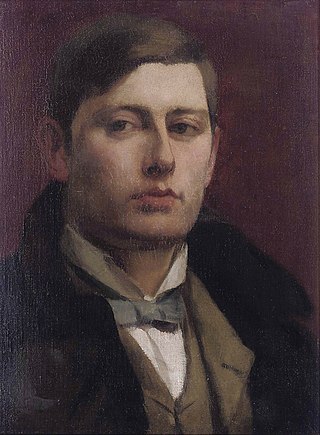
Sir George James Frampton, was a British sculptor. He was a leading member of the New Sculpture movement in his early career when he created sculptures with elements of Art Nouveau and Symbolism, often combining various materials such as marble and bronze in a single piece. While his later works were more traditional in style, Frampton had a prolific career in which he created many notable public monuments, including several statues of Queen Victoria and later, after World War I, a number of war memorials. These included the Edith Cavell Memorial in London, which, along with the Peter Pan statue in Kensington Gardens are possibly Frampton's best known works.
Canadian royal symbols are the visual and auditory identifiers of the Canadian monarchy, including the viceroys, in the country's federal and provincial jurisdictions. These may specifically distinguish organizations that derive their authority from the Crown, establishments with royal associations, or merely be ways of expressing loyal or patriotic sentiment.

The history of monarchy in Canada stretches from pre-colonial times through to the present day. The date monarchy was established in Canada varies; some sources say it was when the French colony of New France was founded in the name of King Francis I in 1534, while others state it was in 1497, when John Cabot made landfall in what is thought to be modern day Newfoundland or Nova Scotia, making a claim in the name of King Henry VII. Europeans in the 16th and 17th centuries often considered the territories belonging to different aboriginal groups to be kingdoms. Nevertheless, the present Canadian monarchy can trace itself back to the Anglo-Saxon period and ultimately to the kings of the Angles and the early Scottish kings; monarchs reigning over Canada have included those of France, those of the United Kingdom, and those of Canada. Canadian historian Father Jacques Monet said of Canada's Crown, "[it is] one of an approximate half-dozen that have survived through uninterrupted inheritance from beginnings that are older than our Canadian institution itself."
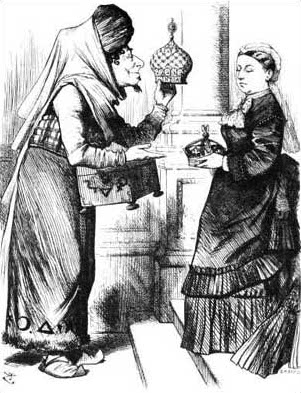
Queen Victoria has been portrayed or referenced many times.

The Victoria Memorial is a large marble monument on the Maidan in Central Kolkata, having its entrance on the Queen's Way. It was built between 1906 and 1921 by the Government of India. It is dedicated to the memory of Queen Victoria, the Empress of India from 1876 to 1901.
In Canada, a number of monuments have been erected to honour royal individuals, whether a member of the past French royal family, British royal family, or present Canadian royal family, thus reflecting the country's status as a constitutional monarchy under the Canadian Crown.

Charles Bell Birch was a British sculptor.
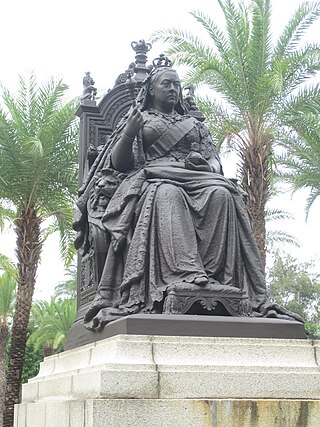
The statue of Queen Victoria is a bronze sculpture by Mario Raggi. It is currently installed in Victoria Park, in Causeway Bay, Wan Chai District, Hong Kong, near the Causeway Road entrance of the park.

The statue of Queen Victoria is a bronze sculpture depicting Queen Victoria by British artist Albert Bruce-Joy, installed outside the British Columbia Parliament Buildings, in Victoria, British Columbia. The 4-metre (13 ft) statue was commissioned by Richard McBride in 1912, and completed in 1914. World War I delayed the sculpture's unveiling until 1921. The statue was vandalized in 2021.
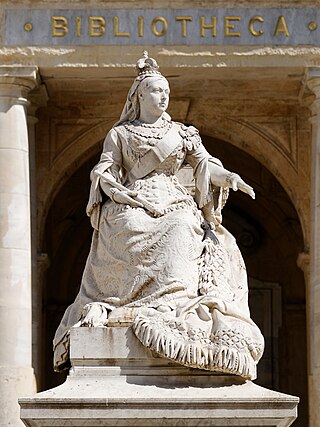
A statue of Queen Victoria stands in front of the National Library of Malta in Republic Square, Valletta, Malta. Sculpted out of marble by the Sicilian artist Giuseppe Valenti, the statue depicts the Queen sitting down and wearing a shawl of Maltese lace. It was installed in the square on 5 August 1891, replacing a bronze statue of António Manoel de Vilhena.
A statue of Elizabeth II by Leo Mol was installed in Winnipeg, Manitoba, Canada.
A number of monuments and memorials in Canada were removed or destroyed as a result of protests and riots between 2020 and 2022. These included six sculptures of Sir John A. Macdonald, the first prime minister of Canada, three of other figures connected to the Canadian Indian residential school system, two of Canadian monarchs, one of the British explorer Captain James Cook and one of John Deighton, a bar-owner whose nickname inspired the name of Vancouver's Gastown district.